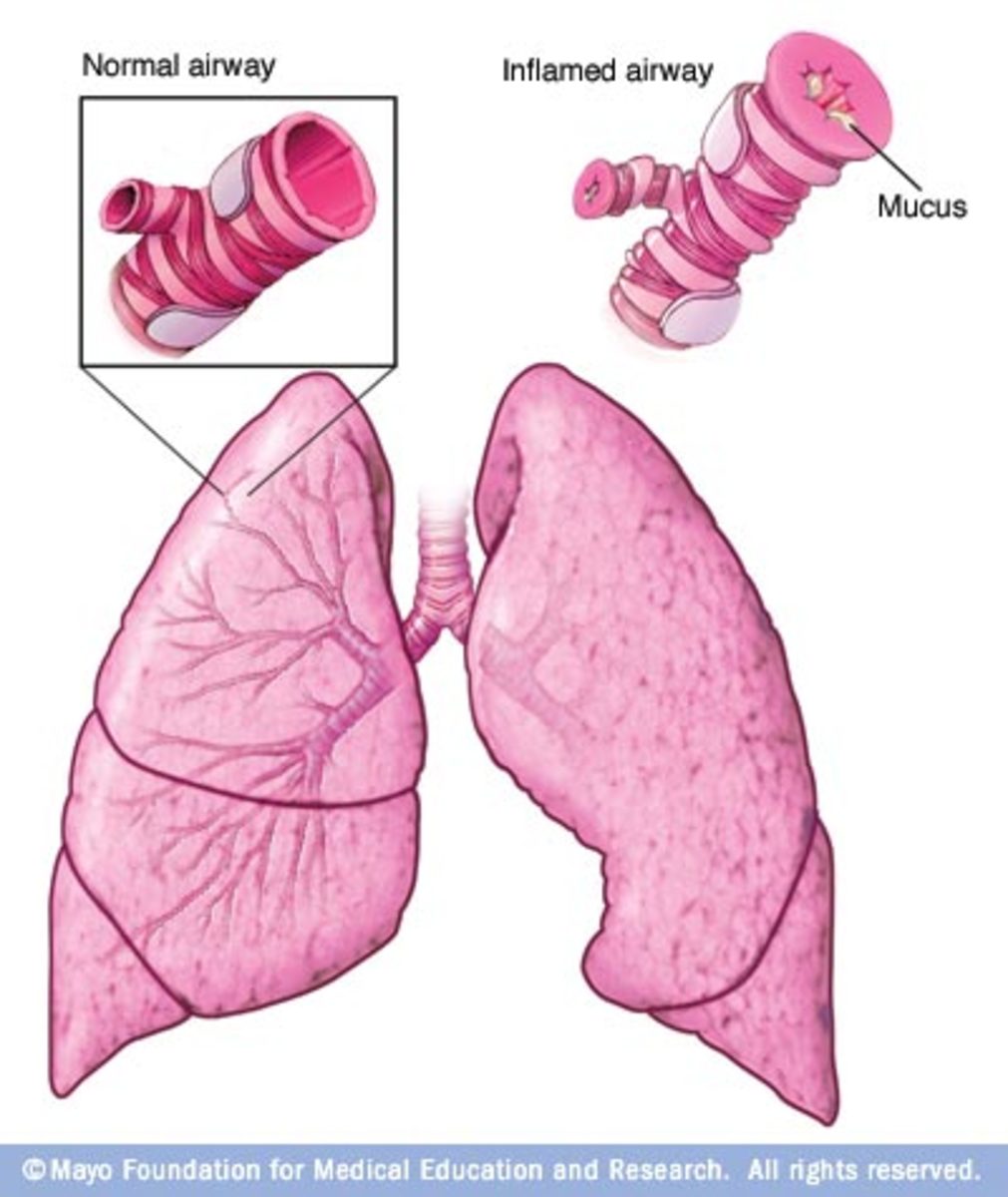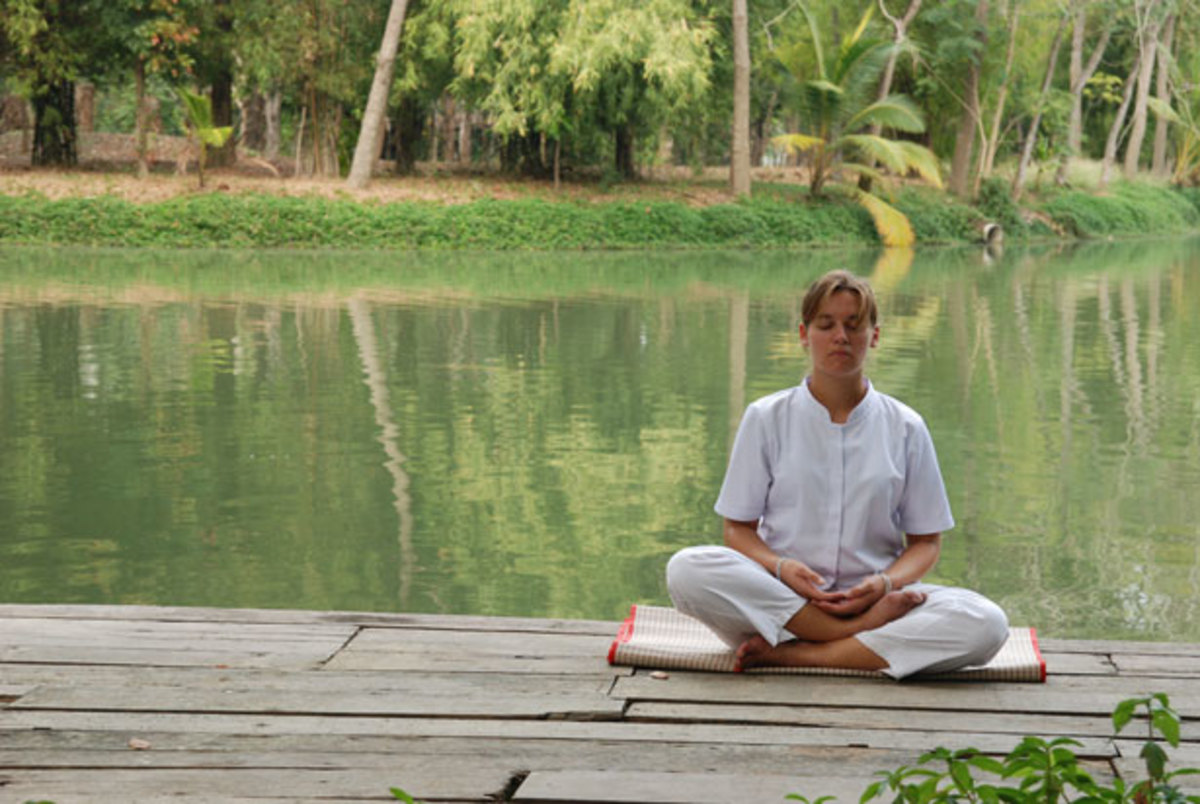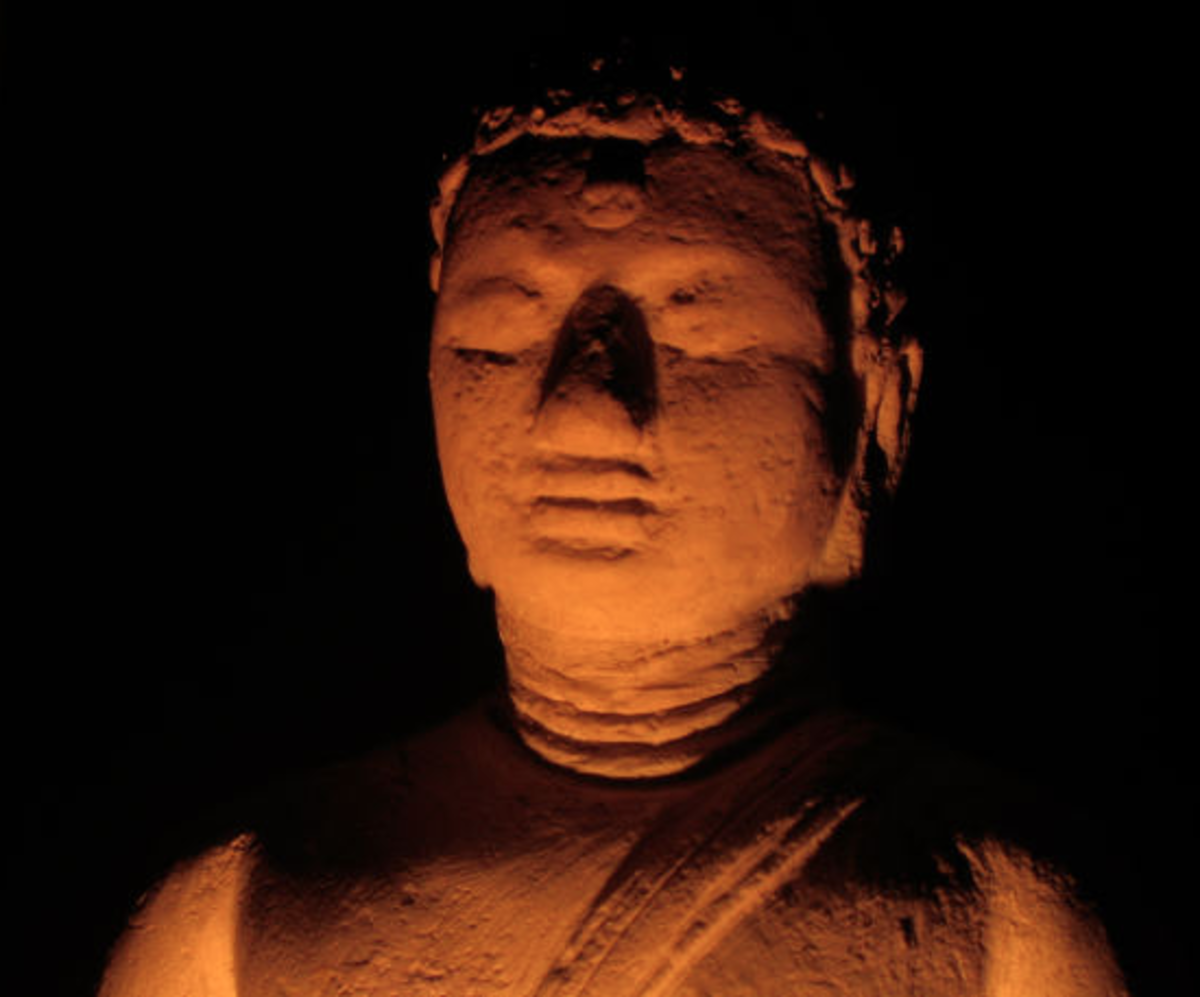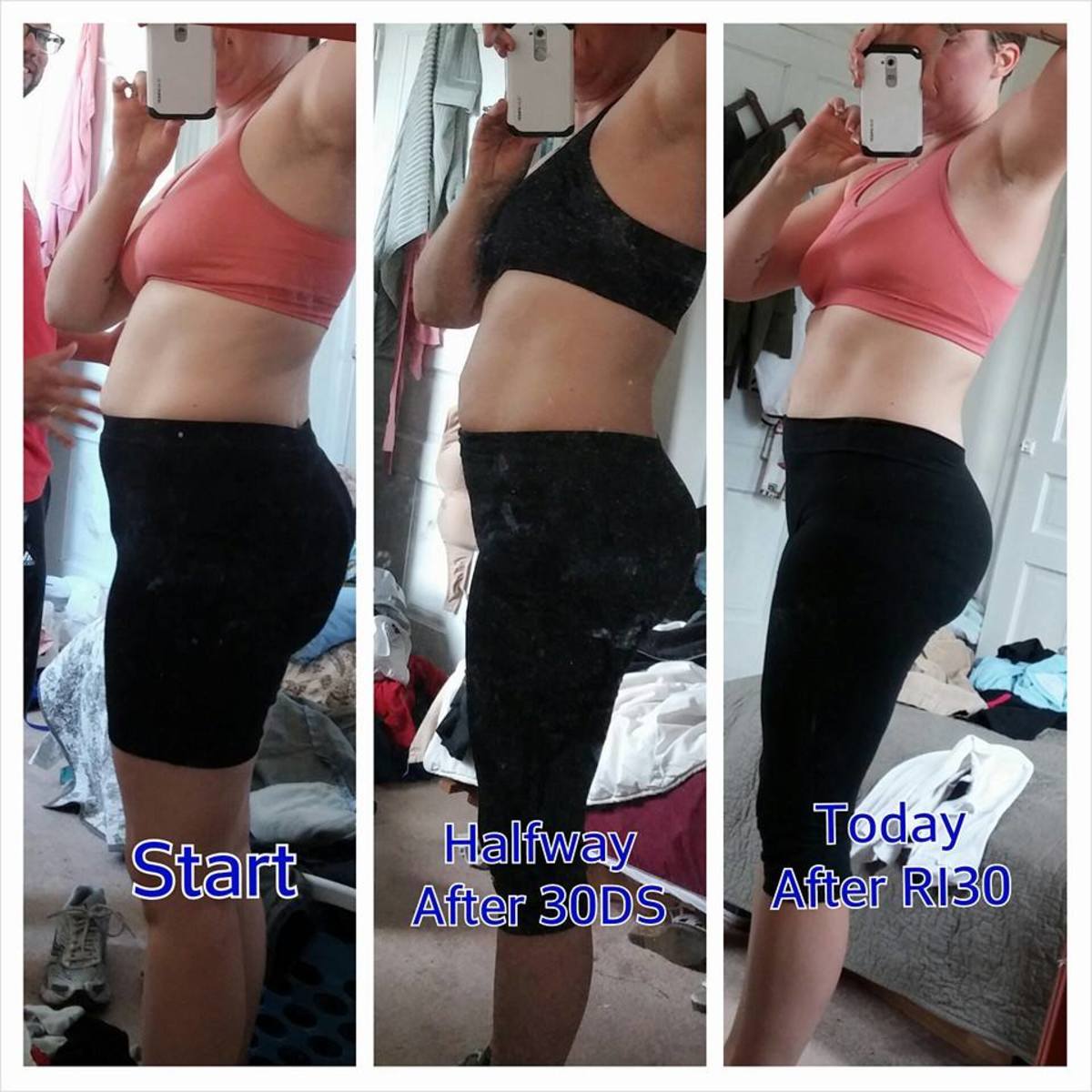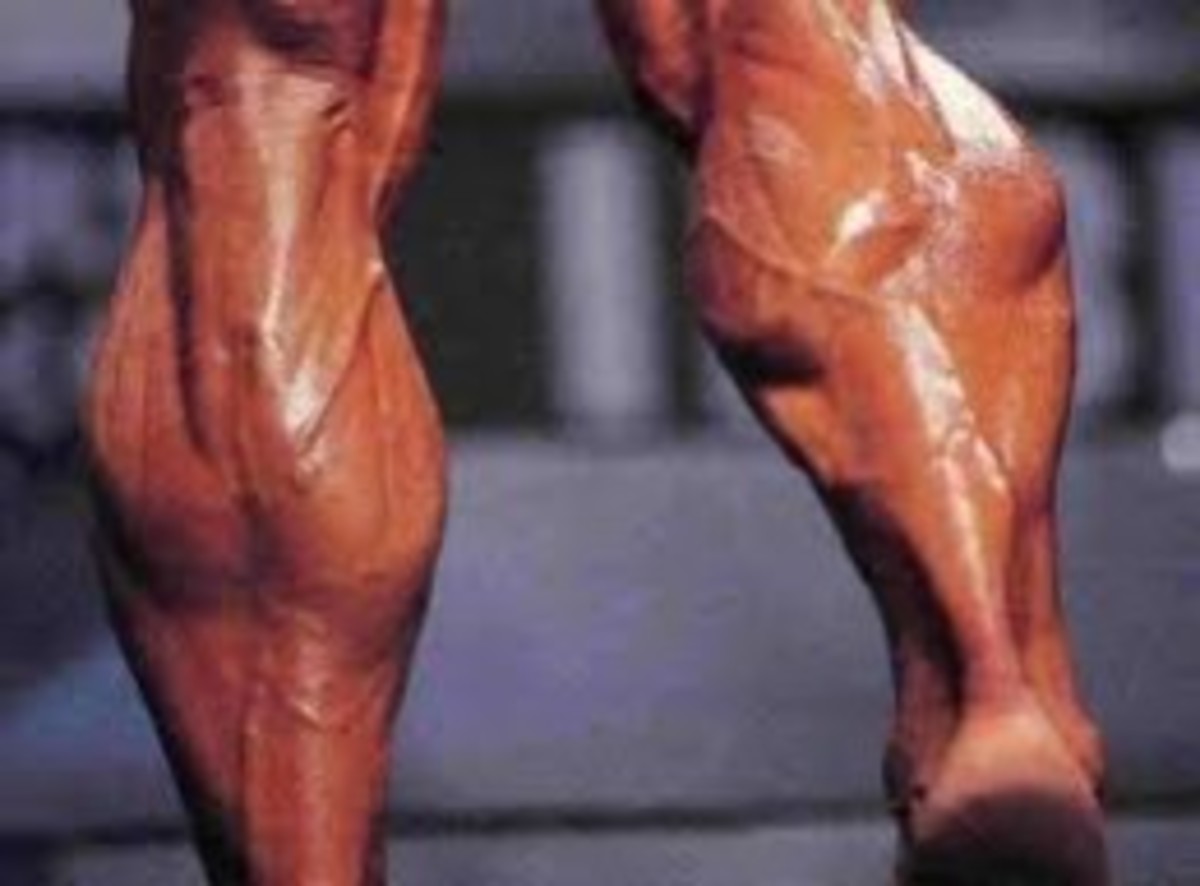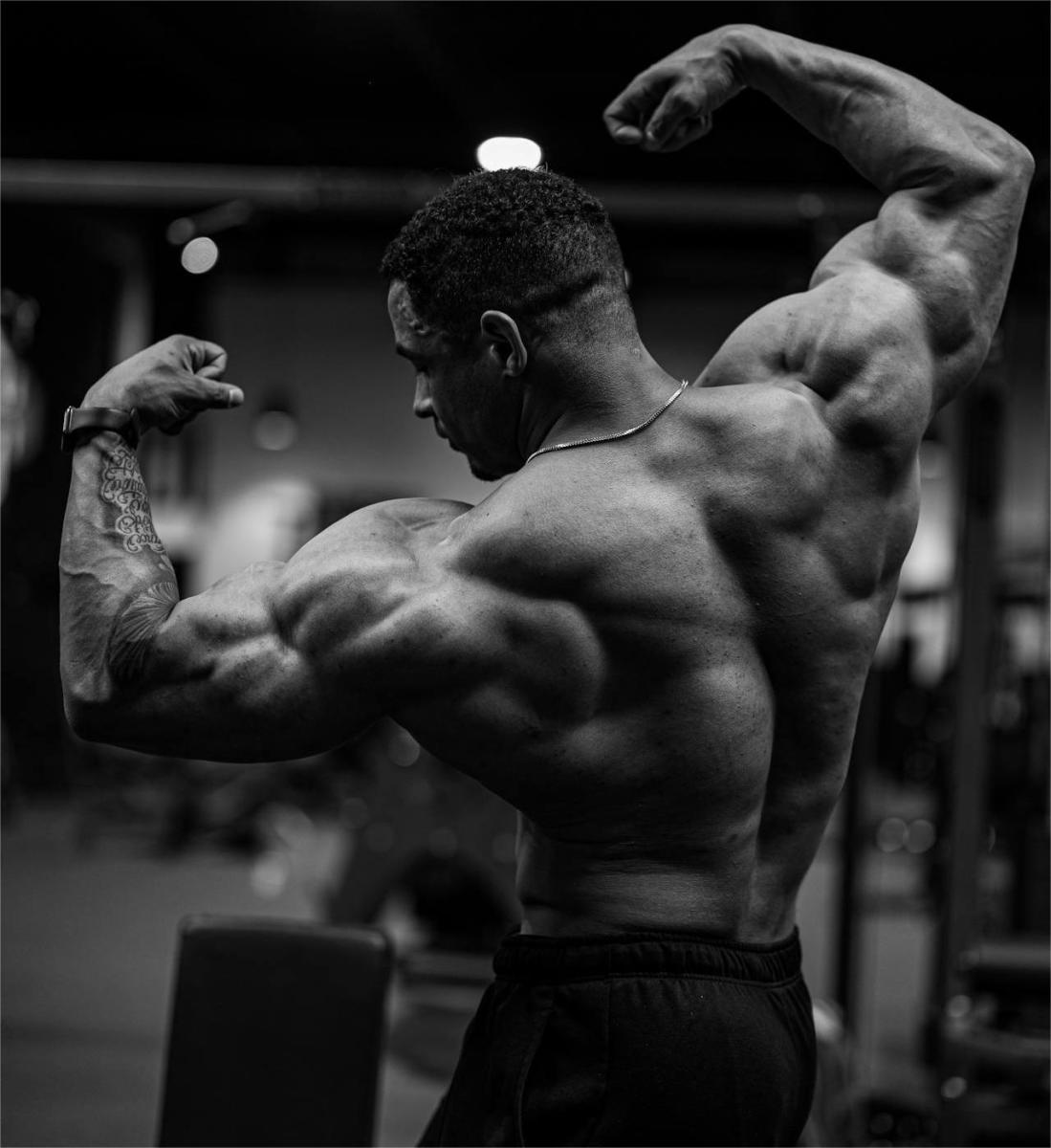Breathing Techniques for Asthma Suffers
Breathing Techniques Can Improve Health
Isn't it strange how one person may have allergies, coughing, shortness of breath, chest tightness, and mucus, while the next person isn't bother by with any of these things? We all breathe the same air, so what makes breathing difficult for some people?
Actually, how we breathe can make a big difference as to how our body responds to the air we're breathing. Such as dust, pollen, smoke, and chemicals in the air. Proper breathing is just as important to good health as people's diet and exercise habits.
By considering where, or what part, of your body you use to breathe, how much air you intake, and the breathing pattern, rate and rhythm can make a difference. Because we have some voluntary control in the way we breathe, we can retrain the body to breathe correctly.
Asthmatic people do not breathe correctly; and on the other hand, anyone that breathes correctly does not have asthma.
As we breathe, the diaphragm muscle moves downward, and creates a negative pressure area that helps to such in the air we need. Then, the diaphragm returns to its original position, and creates positive pressure to force the air out of our lungs. This is the body's inhaling and exhaling process.
People who have asthma, tend to use only a small portion of the lungs and this is what causes the shallow breathing. Shallow breathing takes place by breathing from the thoracic part of the lungs. An asthmatic does not fill their lungs fully, and tends to breathe more quickly to compensate for the body's oxygen needs. Rapid breathing causes the thoracic and costal muscles to get exhausted, and the person gasps for air during an asthma attack.
Learning to cope with asthma and breathe properly is one of the most important methods for asthma control. Breathing exercises can be the best solution. Yoga is one of the best methods to teach you how to breathe properly with one of its five principles: pranayama. Basically, pranayama is learning to inhale slowly through the mouth, fill the abdomen, and then count to five. Then, exhale slowly through the nostrils. Breathing in this manner helps the asthmatic fill the lungs completely, and allow more oxygen to reach the blood. Pranayama also provide better asthma management and avoid asthma attacks.
Another breathing technique is called buteyko. The technique stems from Russia, and goes back over 10 years. Basically, the Buteyko method centers around: (1) Encourage nose breathing, (2) Redirect breathing to the lower chest area, (3) Voluntary hypoventilation, (4) Reduce muscle tone, and improve posture through relaxation.
Learning proper breathing techniques can help asthmatics have more energy, rest better, and lower the body's stress level. Additionally, proper breathing improves blood circulation, increases oxygen supply to cells, eases heart strain, and can calm or stimulate the nervous system.
Smoke Clean and Breathe
- Quit Smoking - Green Smoke - Home-Green Smoke quit smoking
Quit smoking the easy, fun way. Green Smoke high quality electronic cigarettes open up a whole new smoking or non-smoking experience. Quit smoking, or continue to smoke. Green Smoke enables you to do either, without the heaalth risks of real cigarett


